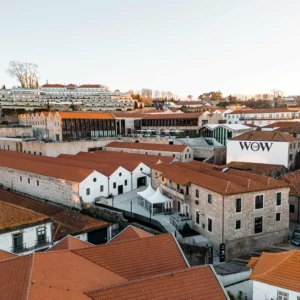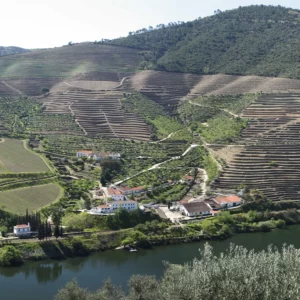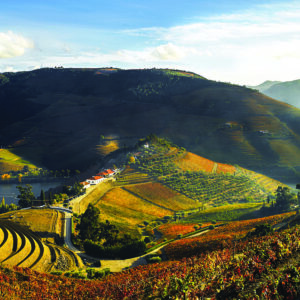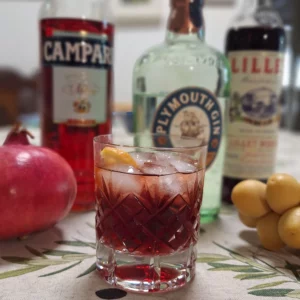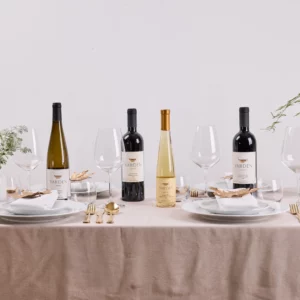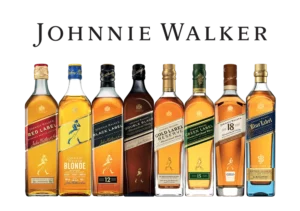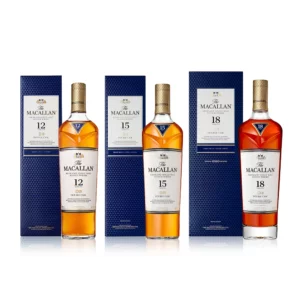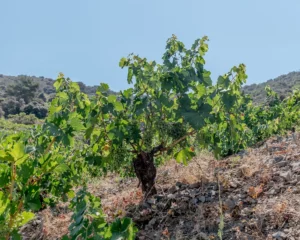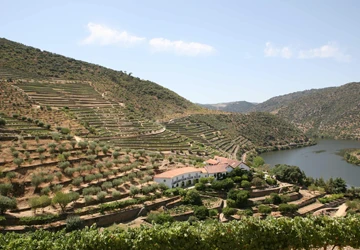Purim this year occurs in the second week of March. The vines will be budding, the vineyards will be covered in spring flowers and local fauna will be darting between the vines, using the vineyard as a playground. Spring is here. But that is growing wine here and now. We will shortly be celebrating the Festival of Purim that relates back to wine a long, long time ago in Persia, approximately BCE 5,000. The background to the Purim story unfolded during Persian wine infused banquets that were all the rage in those days. In a nutshell, the Persian Jews were saved from the evil Haman who wanted to destroy them. Purim is also known as the Feast of Lots, because Haman drew lots to help
decide which day the massacre would take place. The story is retold in the Book of Esther in the Bible. In the end Haman was hanged and Mordechai, the Jew, replaced him as First Minister. The
hero of the story is Esther, who became queen by marrying King Ahasuerus, and plucked up courage to tell the king of the plot. Thereby saving the Jewish people.
The focal point of the festival is the reading of the Scroll of Esther, when the adults will be as noisy as the children. The children will enjoy dressing up and will remember the Purim Parade. It can be a nightmare festival for mums. I remember my late wife making costumes through the night to be ready in time. On one occasion she was ill, but continued stoically until the costume was made and only then allowed me to take her to hospital. Then there is the nightmare of preparing Mishloach Manot gift baskets. It is does not matter how many you prepare in advance, there will always be the last minute panic when you receive an unexpected gift from the neighbor or school pupil . Of course you have to reciprocate and the mother will have to scramble some products together to maintain the family honor.
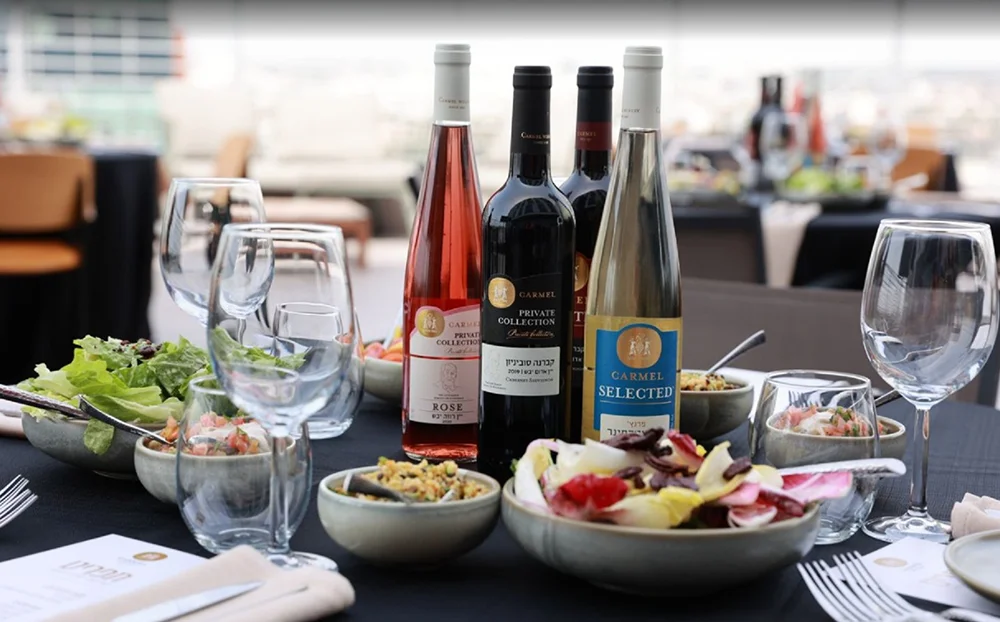
This festival is really the only time Jews are encouraged to get drunk, and it is all in the name of religion. You need to become so drunk that you can’t tell the difference between the words “Blessed be Mordechai” and “Cursed be Haman.” Drunkenness is not well regarded in Judaism. Noah tarnished an unblemished reputation by becoming drunk from the wine he produced. The story of Lot and his daughters is another biblical story where overindulgence is an issue. Jews throughout history have been regarded as an abstemious people, who don’t drink. If you attend a Scottish wedding, the guests will all be congregated at the bar. At a Jewish wedding, the bar is empty because it is the buffet that is the attraction. I suppose whereas the Greeks regarded wine and overindulgence as a divine state, even creating a wine god called Dionysus (Bacchus to the Romans), wine in Judaism was always measured by caution and respect.
Nevertheless, despite a reputation for not drinking, Jews have always been involved in the drinks trade. Wherever Jews have been they have always made wine from Biblical times, through the Middle Ages in Europe through to 19th century Israel. In Eastern Europe, Jews were forbidden to do many jobs, but to be distillers, brewers or tavern keepers, was not only permissible, but it almost became the preferred profession for Jews in Poland and Russia. In America, when the country in an act of self-flagellation decided to introduce Prohibition (of alcohol), it was the new immigrant Jews who became bootleggers, importing and producing alcohol to break the ban. In those days, the Jews were the producers and traders, and the Italians were the drivers. Together they sowed the roots for the rebirth of an alcohol industry in the US. Seagram, which became the largest spirit company in the world, was founded out of the ashes of Prohibition by the Bronfman family and the founder, Sam Bronfman was an ex-bootlegger. The whole American distribution network of wines and spirits is today peppered by Jewish owned companies, led by the mammoth Southern Wine & Spirits, the largest drinks distributor in the world. In Israel today there are 350 wineries and numerous domestic and ‘garagiste’ wineries. Yet, despite the wine revolution that has taken place here, consumption remains remain pitifully low at 5-6 liters per head maximum. Yet paradoxically, for a people for whom drinking in quantity is a rarity, the association of wine with Judaism is particularly deep. For those in the wine trade like myself, what a wonderful religion it is that encourages the purchase of wine every week in order to sanctify Shabbat. The requirement to drink four glasses at Passover, and the extra Seder night in the Diaspora, make Passover the equivalent in sales to Christmas in the Western world.

And then there is Purim, when this people so associated with wine and restraint, are encouraged on one day of the year to drink with abandon. Each has his own poison. For the Ashkenazi Jew, the choice of spirit is likely to be vodka. In Israel, vodka is still the largest-selling spirit. The Sephardi Jew will prefer arak, the anis-flavored indigenous spirit of the Mediterranean Basin, which is undergoing a resurgence in Israel. Arak is the perfect accompaniment to Israeli mezze dishes. Those who find the flavor too strong can mix it with grapefruit juice and have a refreshing aperitif. The American Jew will choose whisky, but this will not be bourbon, American or Canadian whiskey but Scotch whisky.
Nor will it be a cheap blended whisky but a characterful malt. The popularity of whisky and the proliferation of kiddush clubs in the US are phenomena that are difficult to explain. I understand that the popularity is because a religious Jew may enjoy the finest whiskies with no problems of kashrut, whereas with wine and food there are always tempting but forbidden fruits. In orthodox circles there are whisky mavens no less knowledgeable than their non-Jewish counterparts.
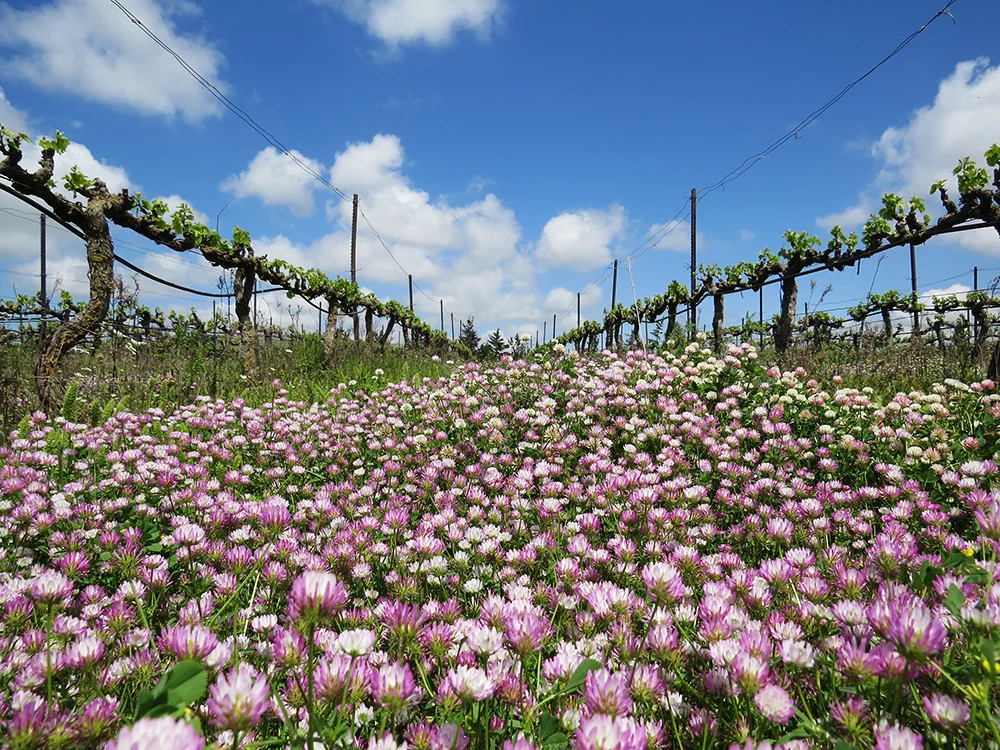
There is one celebratory meal that takes place on the day of Purim. It is usually a meat meal, for non-vegans of course. It takes place not on the eve of the festival, but the next day. It will normally last a few hours. During the meal wine is drunk. For once the emphasis is on quantity not quality. Why is wine given such a high profile on Purim? Because Queen Vashti was removed and replaced by Esther at one wine feast and the downfall of Haman was brought about at another wine feast. These wine parties were common in those days. Just read the Scroll of Esther. The Persia of those days was in stark contrast to the ultra-strict Islamic regime of Iran today.
Many even attribute the discovery of wine to Persian folklore. Once upon a time, there was a Princess, who fell out of favor with King Jamshid and wanted to commit suicide. She saw some grapes which happened to have started fermenting naturally (from the wild yeasts naturally on the grape skin) and thought they looked poisonous. So, she ate them and fell into a deep, drunken sleep. When she awoke, the world seemed a brighter place. She told the King of her discovery and was immediately received back into his graces. The secret of wine had been discovered. A nice story, but who knows if it is true? No need to spoil a good story by the truth. One of the earliest places archaeologists found evidence of wine was in northwestern Iran in the Zagros Mountains. Wine residue was found in clay jars in a village called Hajii Firuz Tepe, which was dated back to 5,400 BCE.
When you realize this was not so far from Georgia and Eastern Turkey, it certainly makes geographical sense.
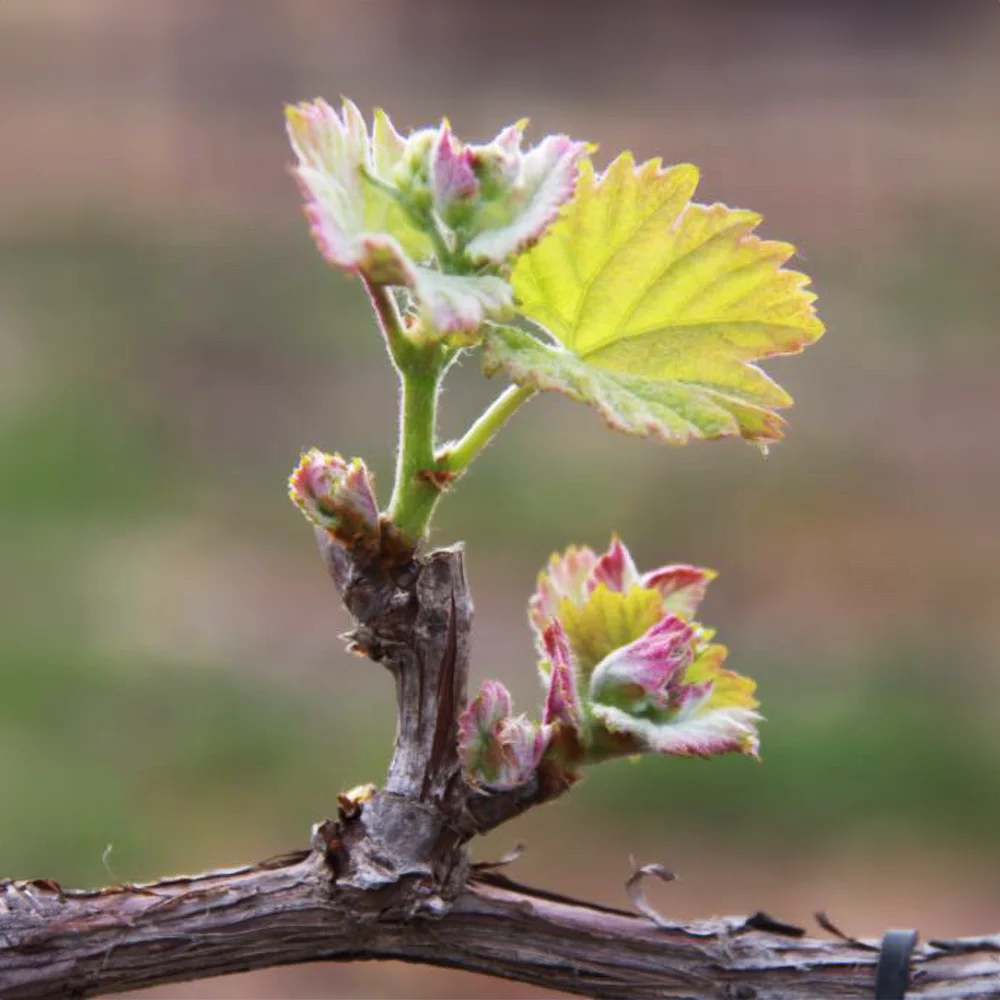
Then, there was the beautifully named Shiraz, which is today Iran’s fifth largest city. In ancient times it was known as a center for wine, poetry and gardens. The most famous poet who came from Shiraz was the national treasurer Hafes, who lived 1315-1390. He wrote: “With wine beside a gently flowing brook…”. Before him there were other great Persian poets. Abu Nuwas (756-814) was born in Iran and was known for poems of wine and debauchery. This thought is his: “But drink among roses a rose-red wine.” Afterwards, there came Omar Khayyam, who suggested: “Drink wine. This is life eternal.” He lived from 1048-1131. These three great poets wrote wonderful wine poetry, even after the rise of Islam.
In Judaism wine is always something to be respected and drunk in moderation. The Persians treated wine in a totally hedonistic way. This lax attitude to wine was also followed in turn by the Greeks and Romans. To become inebriated was a desired state. There were wine drinking parties, which the Greeks called symposium. In Judaism this was frowned upon and the Jewish Kosher laws were framed partly in opposition to the prevailing Hellenistic attitude to wine.
Though the wine lover and connoisseur will be likely to choose high quality, special wines for the meal, normally because of the numbers of people, and the emphasis on quantity, usually more inexpensive wines are chosen. Purim is a wine drinking festival. Even the G-d fearing Jew who drinks grape juice on festivals and every Shabbat, will throw caution to the wind and drink wine on Purim.
As it is a festival where volume is more of an issue than quality, I believe this is the time to focus on wines less than 50 shekels. Wines at these price points have never been better and there is no shame in buying on price. The main wineries offering wines under 50 shekels are the larger ones. To help you identify them, the largest in Israel and their main entry level labels are: Carmel (Private Collection, Selected), Barkan-Segal (Gold Reserve, Classic, Shel Segal), Teperberg (Impression, Vision), Golan Heights (Hermon), Zion (Imperial, Estate), and Jerusalem (Kings Cellar, Vintage). Your selection of wines under fifty shekels will likely come from one of these large wineries.
At the Purim it is not only customary to drink wine at the festival meal, but also to give the aforementioned gift baskets, mishloach manot. This was originally to enable poor people to enjoy a Seuda and would normally include baked goods and wine. This could be at its most basic, a few Hamantaschen, what we call in Hebrew Osnei Haman (Haman’s ears) and a 187 ml. bottle of Kiddush wine. However peer pressure encourages a bit of competition, and some will always attempt to be better than the Jones (or Cohens) next door. Wine lovers would do well to look to the gift packages that most wineries merchandise, to assist with innovative choices of gifts for Purim.
Whatever your choice of beverage, Purim is a fun festival where wine is an integral part. Enjoy, but be sure to drink carefully. It may be a good reason to drink, but it is not an excuse to get blind drunk!!
Adam Montefiore is a wine trade veteran and a winery insider turned wine writer, who has advanced Israeli wine for 38 years. He is referred to as the English voice of Israeli wine and is the Wine Writer for the Jerusalem Post. www.adammontefiore.com



